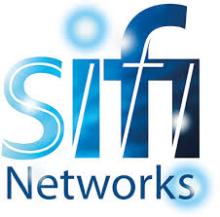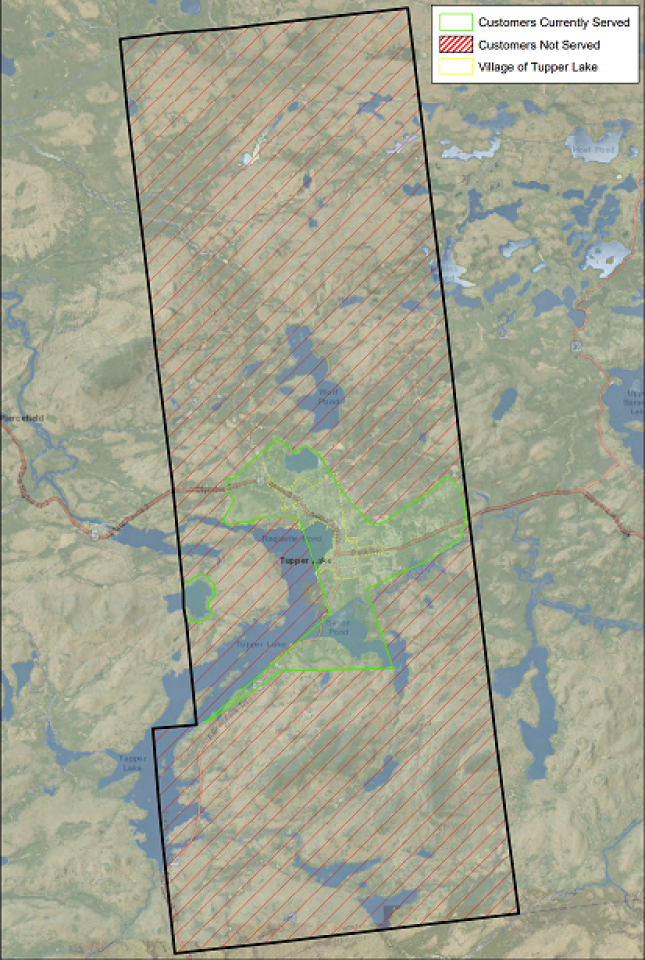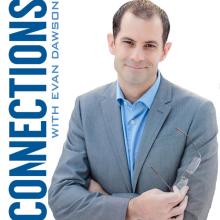Reporting on Broadband Issues in Buffalo, New York - Episode 460 of the Community Broadband Bits Podcast

On this episode of the Community Broadband Bits podcast, Christopher and ILSR senior reporter and editor, Sean Gonsalves chat with Nate Benson, a reporter with WGRZ in Buffalo, New York, about his approach to reporting on connectivity issues afflicting the Western part of the state.
Benson explains the origins and results of his Fall 2019 investigation into monopoly service, including what the lack of competition has done to prices and availability in the city of Buffalo. He details his method to producing stories on Internet access that have resonated with citizens and galvanized local policymakers in the community.
This show is 37 minutes long and can be played on this page or via Apple Podcasts or the tool of your choice using this feed.
Transcript below.
We want your feedback and suggestions for the show-please e-mail us or leave a comment below.
Listen to other episodes here or view all episodes in our index. See other podcasts from the Institute for Local Self-Reliance here.
Thanks to Arne Huseby for the music. The song is Warm Duck Shuffle and is licensed under a Creative Commons Attribution (3.0) license.









